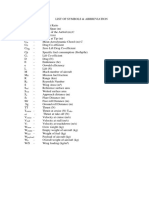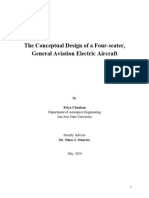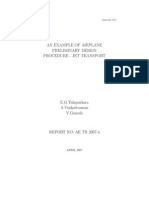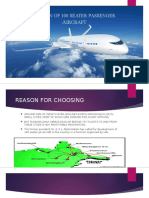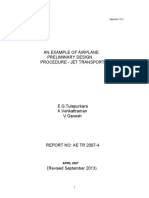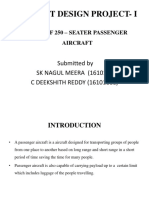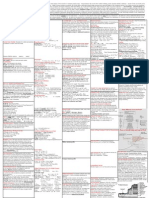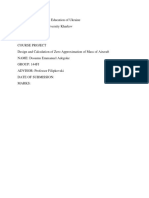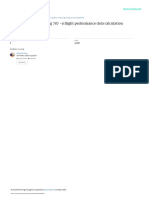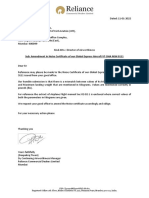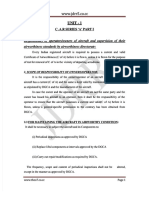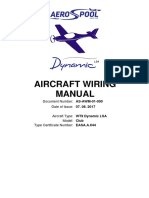0% found this document useful (0 votes)
53 views14 pagesD5 Report
© 2024 Alan Clark G. All rights reserved.
This document is protected by copyright law. No part of this document may be reproduced or transmitted in any form or by any means, electronic or mechanical, including photocopying, recording, or by any information storage and retrieval system, without prior written permission from the author.
Permitted Use
Permission is granted for this document to be viewed and used solely for non-profit education, other use requires explicit prior written consent
Uploaded by
Alan ClarkCopyright
© © All Rights Reserved
We take content rights seriously. If you suspect this is your content, claim it here.
Available Formats
Download as PDF, TXT or read online on Scribd
0% found this document useful (0 votes)
53 views14 pagesD5 Report
© 2024 Alan Clark G. All rights reserved.
This document is protected by copyright law. No part of this document may be reproduced or transmitted in any form or by any means, electronic or mechanical, including photocopying, recording, or by any information storage and retrieval system, without prior written permission from the author.
Permitted Use
Permission is granted for this document to be viewed and used solely for non-profit education, other use requires explicit prior written consent
Uploaded by
Alan ClarkCopyright
© © All Rights Reserved
We take content rights seriously. If you suspect this is your content, claim it here.
Available Formats
Download as PDF, TXT or read online on Scribd
/ 14

